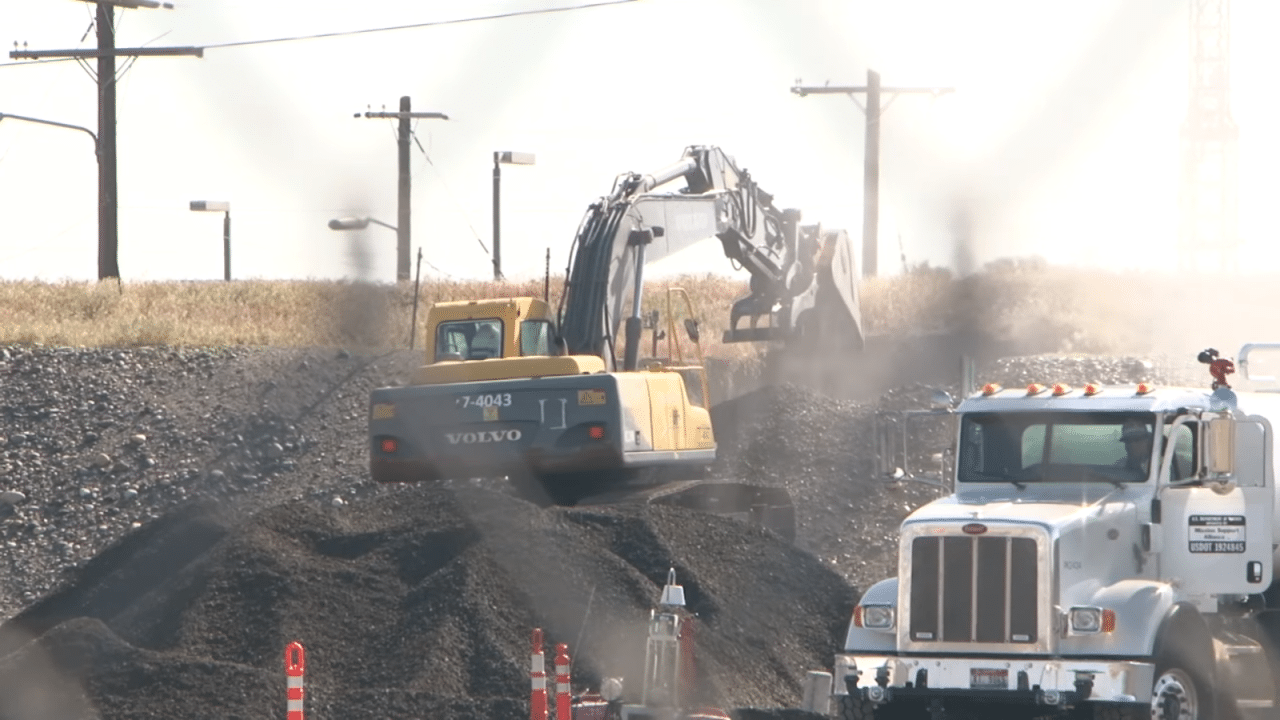
The emergency declared Tuesday at the Hanford Site in Washington state when a breach was discovered in one of the underground waste storage tunnels for the Plutonium Uranium Extraction (PUREX) Plant was formally ended after workers finished filling in the hole…